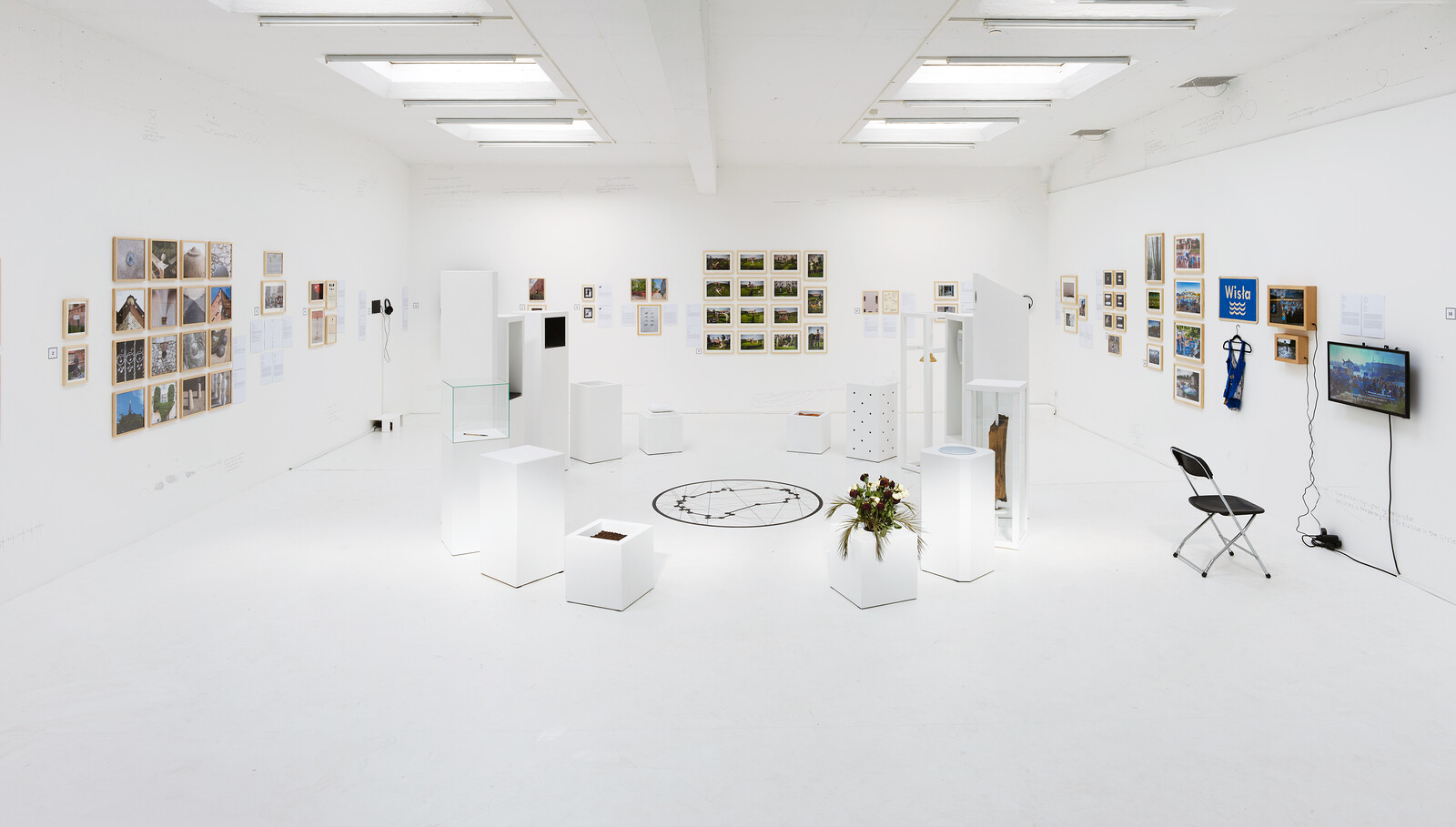Wawel Castle Centre for Contemporary Art: The first decade
katze und krieg: The re-enchantment of public space
September 24–December 18, 2022
Mauritiuswall 35
50676 Cologne
Germany
Hours: Thursday–Sunday 12–7pm
T +49 221 30234466
info@temporarygallery.org
Artists: Les Arts Incohérents (Alphonse Allais, Mey-Sonier), Michael Craig-Martin, Tim Etchells, Stano Filko & Alex Mlynárčik, Tom Gould, Justyna Gryglewicz, Ramon Haze (Andreas Grahl & Holmer Feldman), Michał Hyjek & Piotr Sikora, Michał Gayer, Jan Hoeft, Krõõt Juurak, Magdalena Lazar, Flo Kasearu, katze und krieg, Martin Kippenberger, Szymon Kobylarz, Lo Lifes (Rack-Lo), Kud Ljud, Cecylia Malik, Mateusz Okoński, Olof Olsson, Agnieszka Piksa, Ana Prvački, George Psalmanazar, Man Ray / Marcel Duchamp, Aneta Rostkowska, Marta Sala & Wojciech Szymański, Łukasz Skąpski, Kuba Skoczek, John Smith, Łukasz Surowiec, Piotr Swiatoniowski, Hunter Thompson, Orson Welles, What Remains Gallery, Johannes Wohnseifer, Jakub Woynarowski, Karl Valentin and others
CCA Temporary Gallery presents three exhibitions showcasing various art practices adhering to the spirit of so called “gonzo curating”. Using parasite art institutions, nomadic art collections and almost-existent exhibitions, gonzo curating is an independent and rebellious form of challenging established artworld structures in the times of ecological, economic and political crisis. Conceived as a process of appropriation mostly by the ones that are not in power, gonzo creates semi-fictional narratives around the sensual layers of experience. These are often presented in the form of a performance—a concrete space becomes its aleatoric score.
The exhibition Riding the crest of a high and beautiful wave. Art as a state of mind (curated by Aneta Rostkowska and Jakub Woynarowski) is an attempt to classify and order various gonzo curating practices. A diagram, inspired by Alfred H. Barr’s famous infographic depicting the roots of cubism and abstract art, organizes these activities into four interrelated categories: “world as medium”, “world of art as a work of art”, “negative theology of the white cube” and “metagonzo”. The first category includes practices of appropriating “non-artistic” objects, spaces and events. The second concerns the creation of alternative art institutions, the appropriation of exhibitions and individual works. The third one is the appropriation of non-artistic elements of the art world, such as emptiness, negative space between objects or random behaviour. “Metagonzo” is the appropriation of other gonzo projects. The exhibition in its design takes up a creative game with the convention of an archival presentation. At the same time it becomes an example of a “metagonzo” strategy.
The exhibition Wawel Castle Centre for Contemporary Gallery: The first decade presents the collection of the Wawel Castle Centre for Contemporary Art, a unique imaginary art institution located at the Wawel Royal Castle in Kraków. Challenging the nationalistic-Catholic discourse around the Castle, artists involved in the project appropriate selected existing elements of the location claiming them to be their own artworks. A collection of stories, gossips and myths emerges. As the castle itself is changing, so the works in the collection transform over time—narratives are adapted to the situation on the basis of “creative constraints” (analogous to the “constrained writing” practiced by OuLiPo). The use of resources is minimal: no transports are needed and no materials are used for the production of artworks.
The exhibition katze und krieg. The re-enchantment of public space is dedicated to the work of performance group katze und krieg (“cat and war”). The artists work with interventions into everyday situations in public space, including in supermarkets, office buildings, residential areas and pedestrian zones. In their work, they boldly examine the functions of these common spaces and invite passers-by to question their usual understanding of them. They remind us that public space belongs to everyone, and everyone has a right to shape it, not just the privileged few. Their artistic practice might be seen as an attempt to democratise public spaces, invoke a feeling of agency in its users and encourage them to use these spaces in a subversive way—rather than just adhering to all the sometimes absurd rules imposed by the state and society.
On the occasion of the exhibitions a booklet with “manifesto” applied arts of gonzo and interview with gonzo curators, Aneta Rostkowska and Jakub Woynarowski, was produced, available as pdf on the website of the CCA Temporary Gallery.





